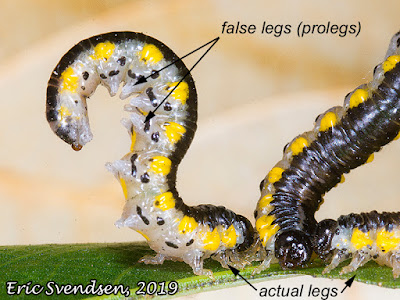Not a lady afterall.

Thirteen spotted ladybird beetle hunting for aphids. Ladybugs are not bugs, nor are they ladies. The ladybug, more appropriately called the ladybird beetle, is a friend to farmers and gardeners alike. The ladybug got its name during the middle ages in Europe. It turns out the farmers were having quite a tough time with an outbreak of aphids. They must have been Catholic because they prayed to The Virgin Mary for help. Not long after the crops recovered from the infestation, delivered by a host of ladybugs. I guess they didn't care for the name marybug and the term ladybug stuck. The story above is one of many possible explanations of how the ladybug obtained its moniker (reference: click here ). Whether true or not, the title is ubiquitous and these beetles are found worldwide. In Canada alone, there are 150 species. Altogether there are about 5000 species. Ladybirds, like all beetles, have complete metamorphosis....





